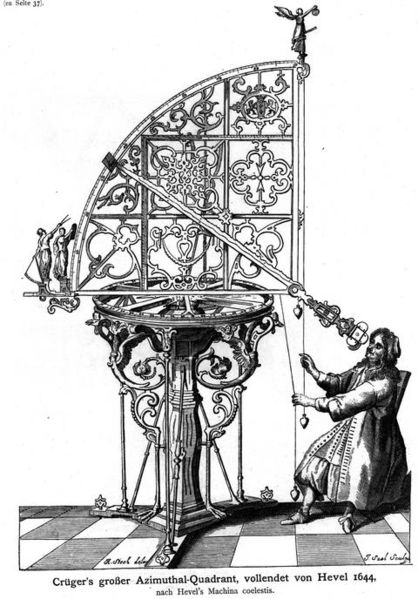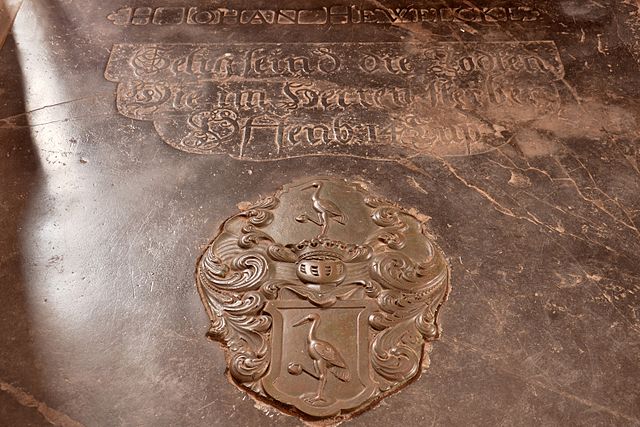Scutum is a small constellation. Its name is Latin for shield, and it was originally named Scutum Sobiescianum by Johannes Hevelius in 1684. Located just south of the celestial equator, its four brightest stars form a narrow diamond shape. It is one of the 88 IAU designated constellations defined in 1922.
The constellation Scutum as it can be seen by the naked eye
The constellation Scutum in the night sky, enhanced for color and contrast
M1-63, a bipolar planetary nebula located in the constellation of Scutum (the Shield)
Serpens held by Ophiuchus, as depicted in Urania's Mirror, a set of constellation cards published in London c. 1825. Above the tail of the serpent is the now-obsolete constellation Taurus Poniatovii while below it is Scutum.
Johannes Hevelius was a councillor and mayor of Danzig (Gdańsk), in the Polish–Lithuanian Commonwealth. As an astronomer, he gained a reputation as "the founder of lunar topography", and described ten new constellations, seven of which are still used by astronomers.
Engraving of Hevelius's 46 m (150 ft) focal-length telescope
Peter Crüger's azimuthal quadrant, completed by Hevelius
Johannes Hevelius's tombstone in St Catherine's Church in Gdańsk
Monument to Jan Heweliusz in modern Gdańsk








